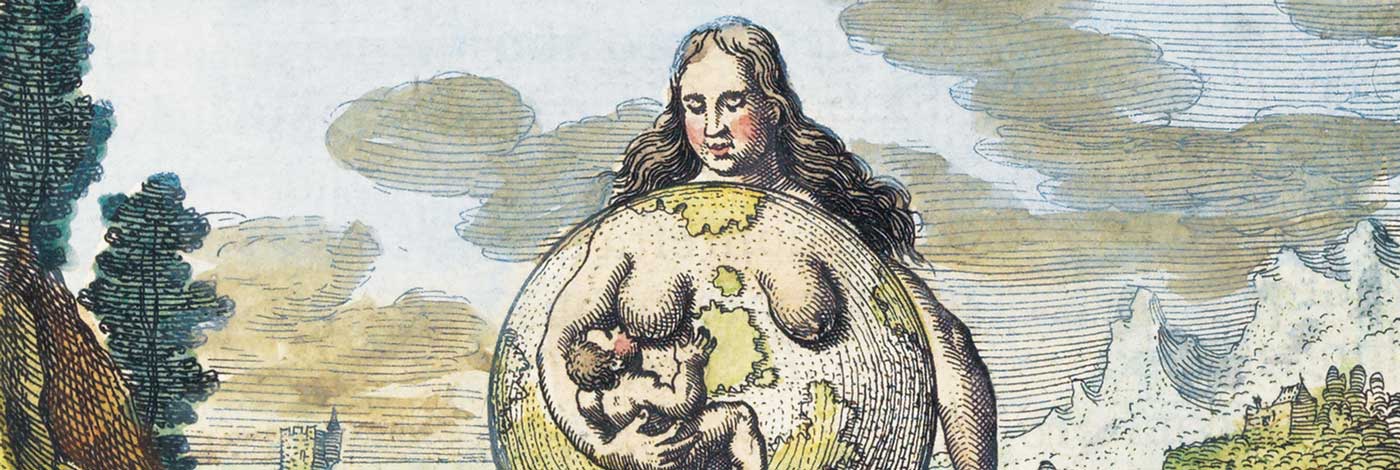
 Anthropozoologica
20 - Pages 69-86
Anthropozoologica
20 - Pages 69-86In the present article I shall attempt to give evidence of the twofold fortuna of the elephant as it is exemplified in a number of Renaissance texts. On the one hand, the identification of the elephant with the king, which was prompted by Horapollo's De hieroglyphicis, gave rise to a production which we may define as 'pro-elephant' on the whole. On the other hand, starting from the middle of the sixteenth century, the image of the elephant became an abject of literary-zoological criticism. This was the natural consequence of the geographical explorations as well as of a more detached approach to tradition.
Elephant, Art History, Literature, Emblems and imprese, History, Natural History, 15-17th centuries.